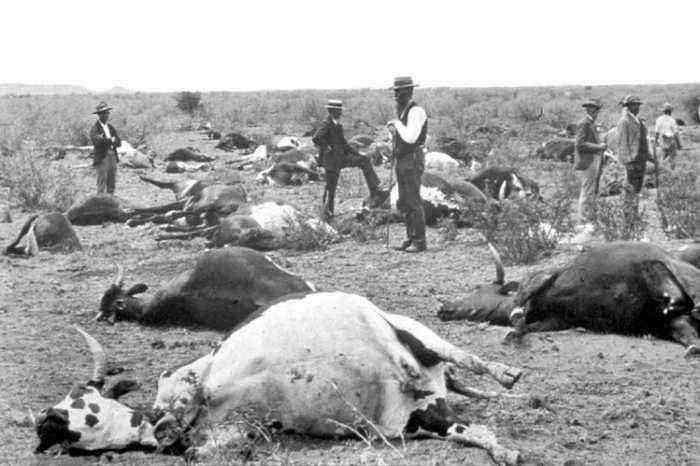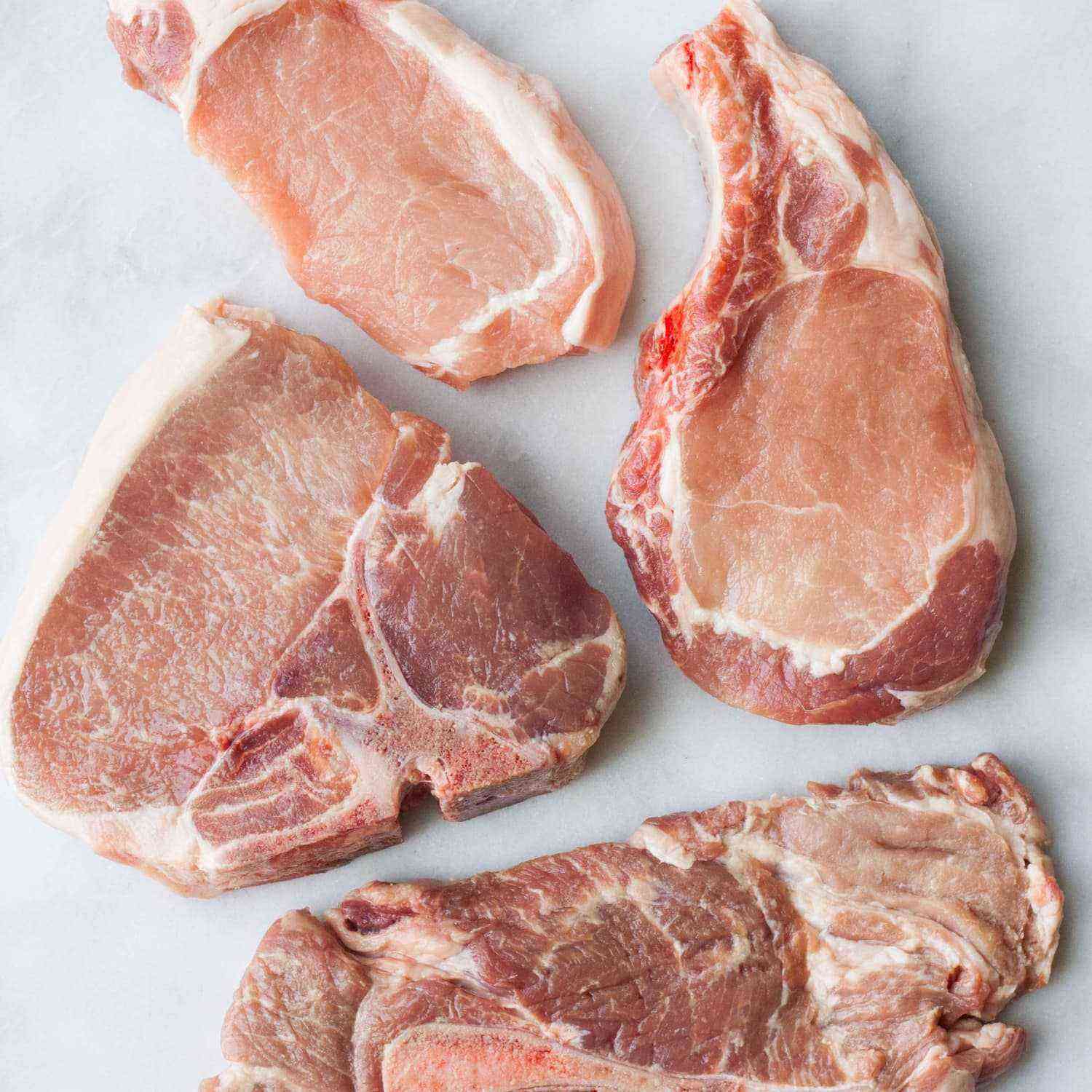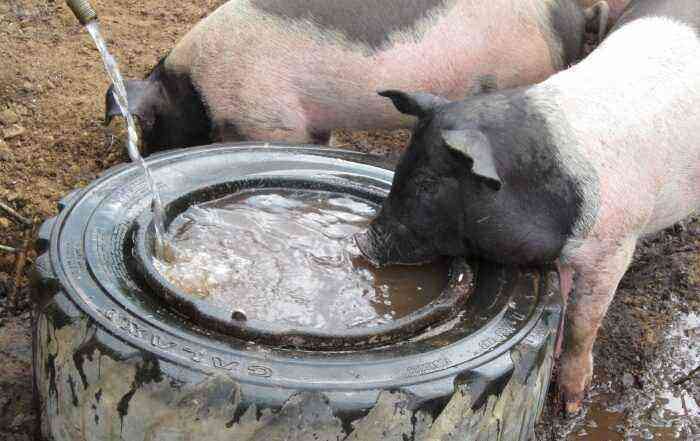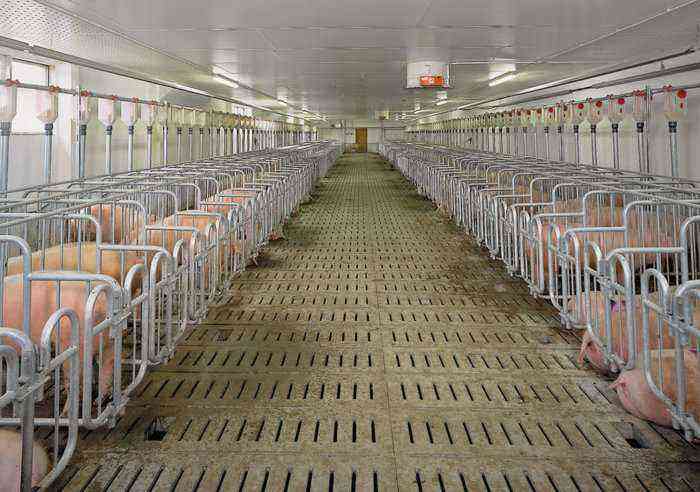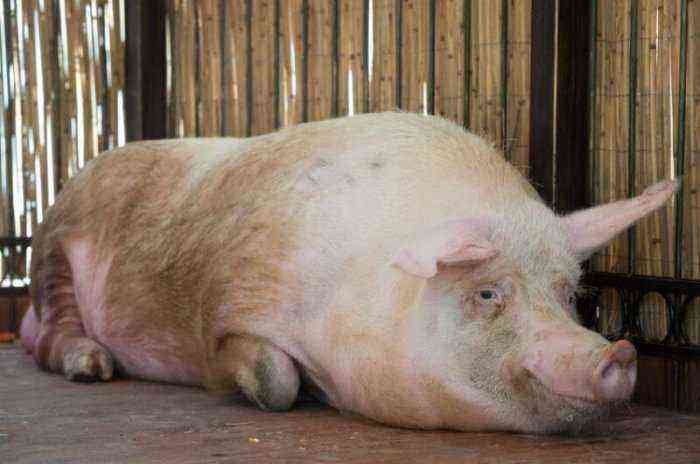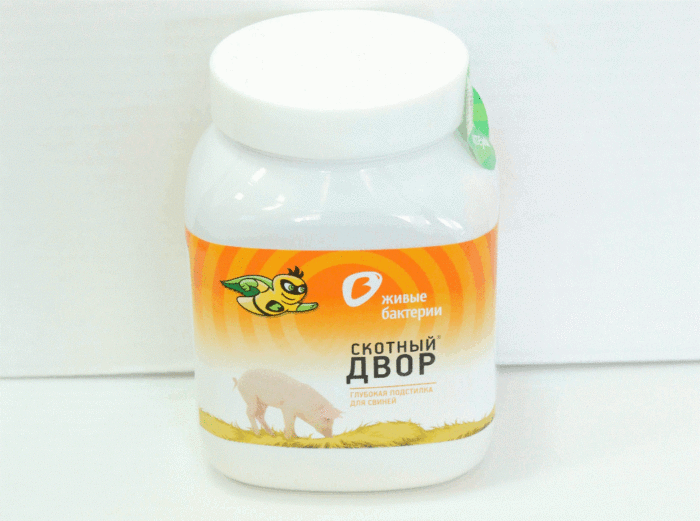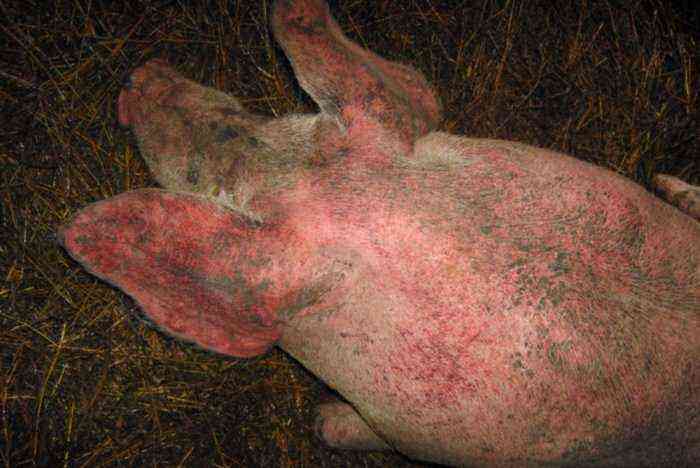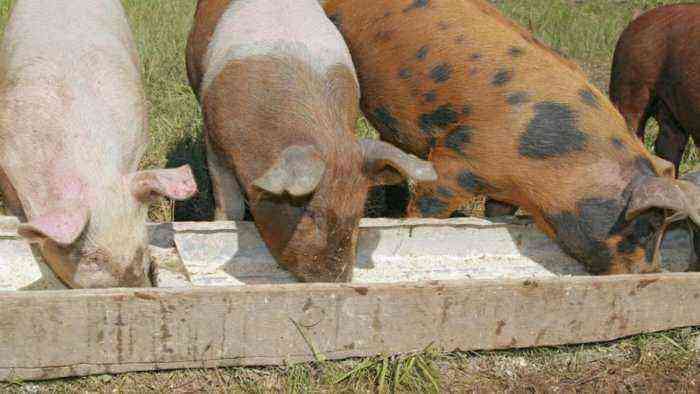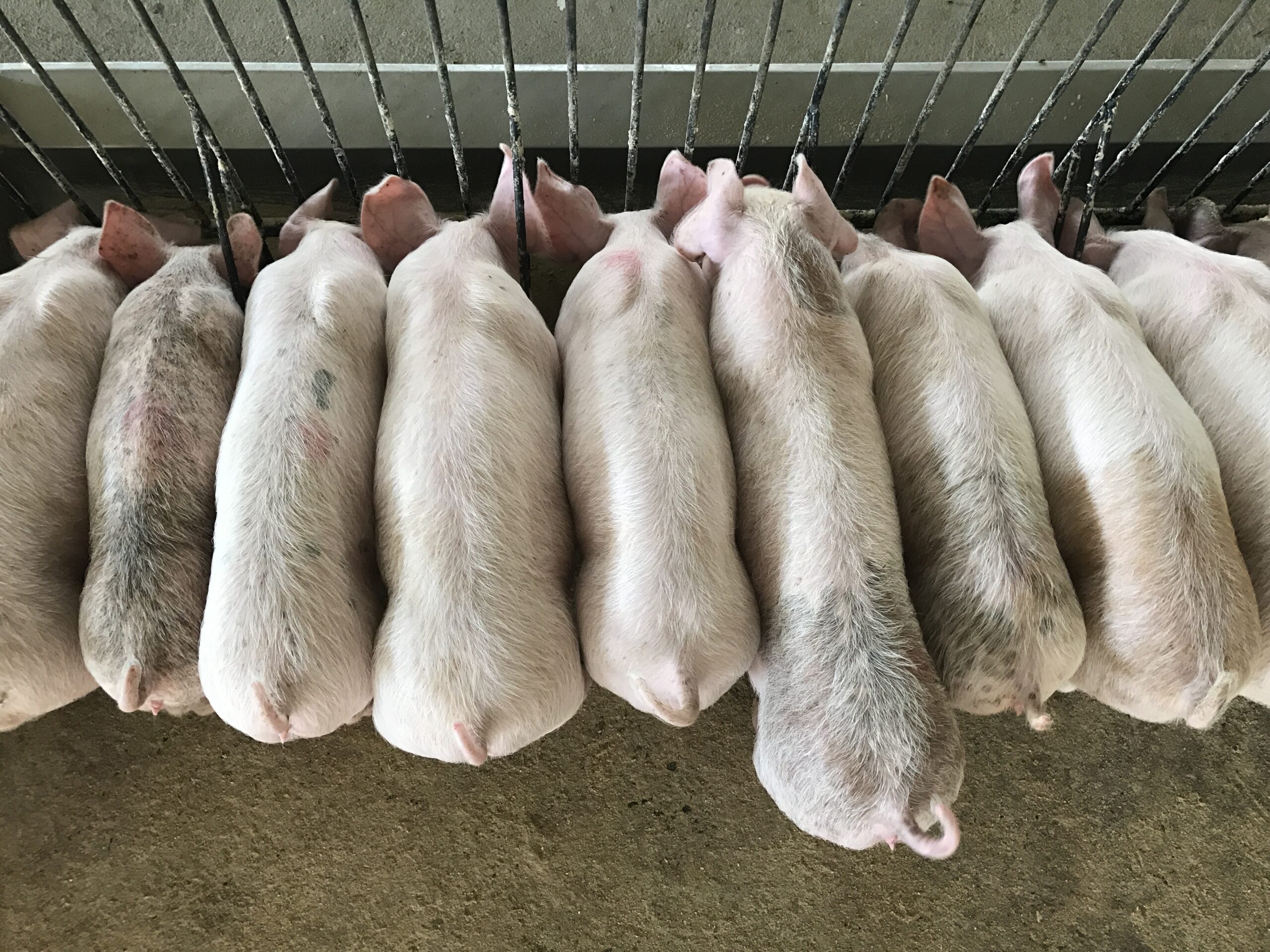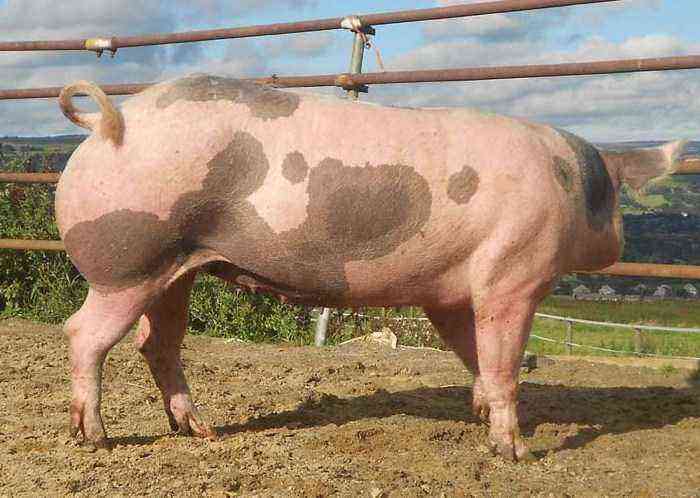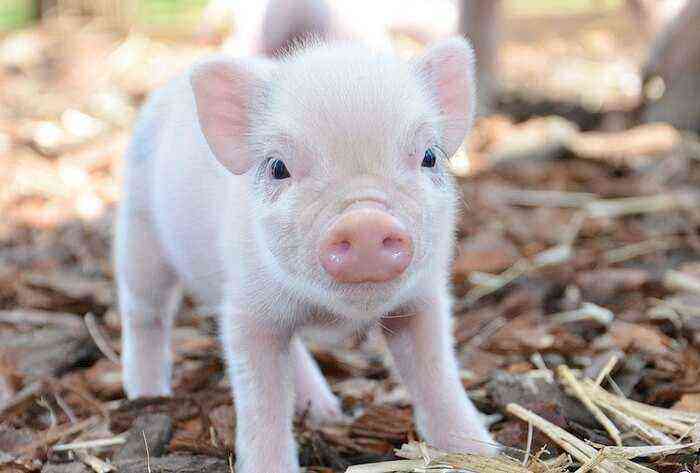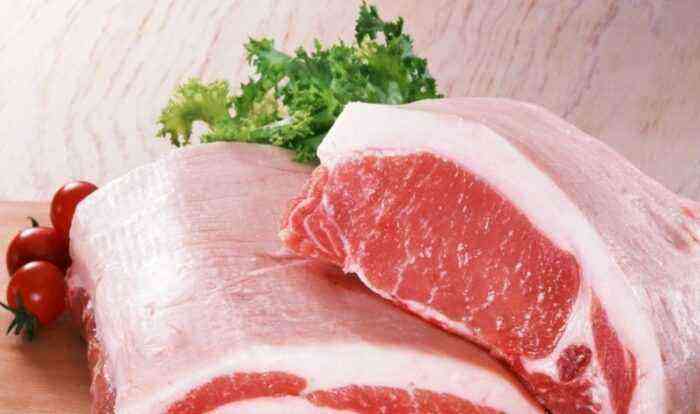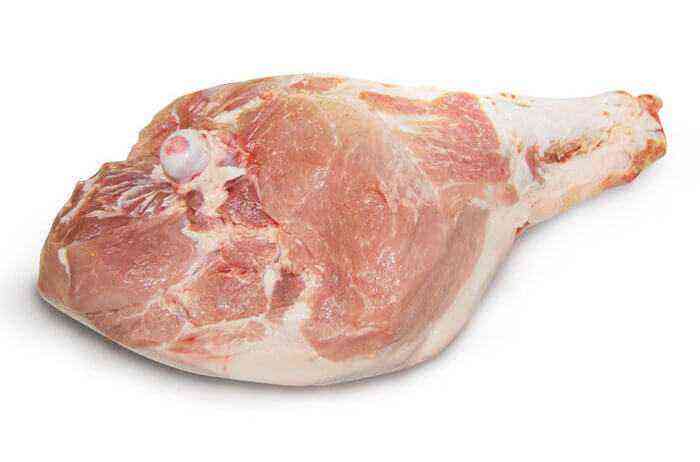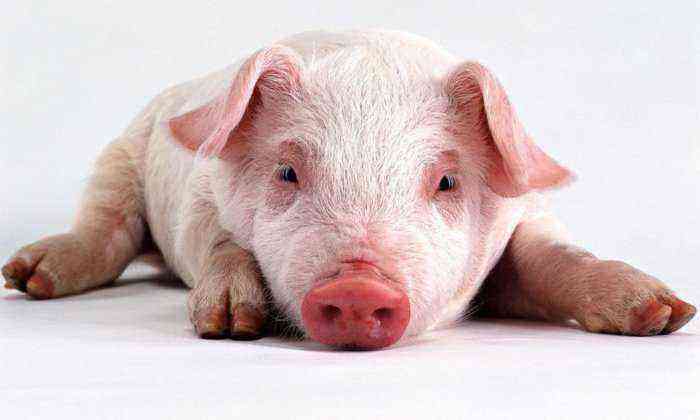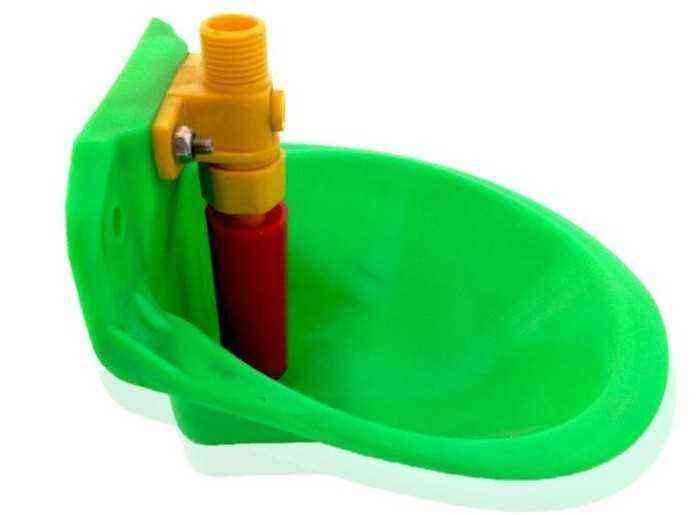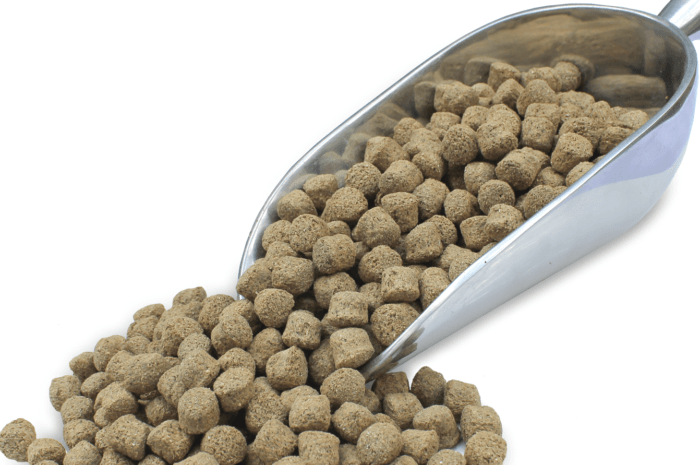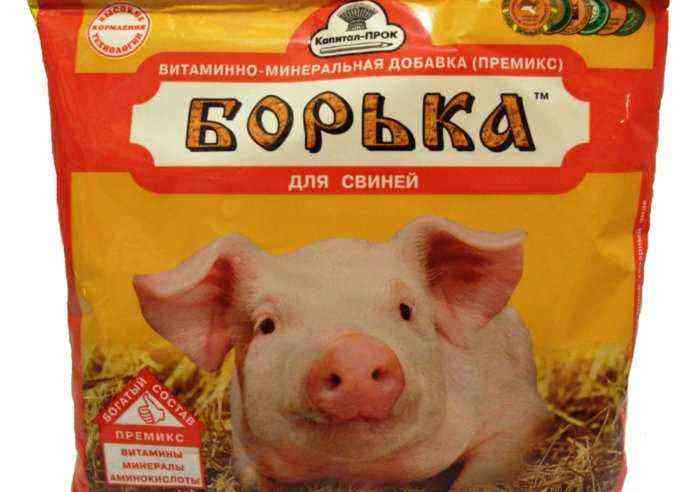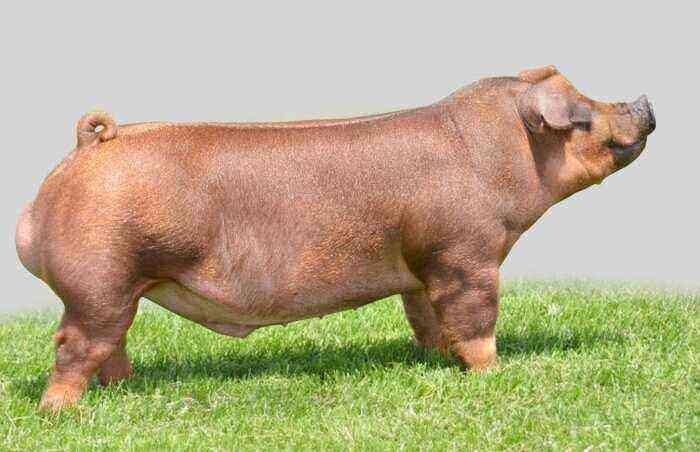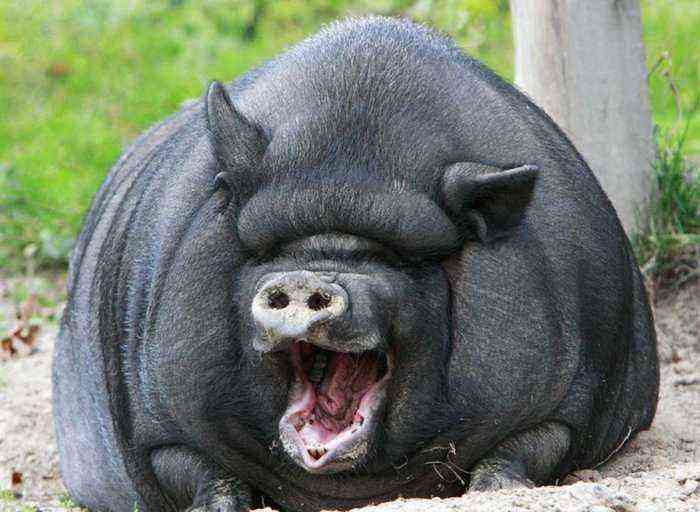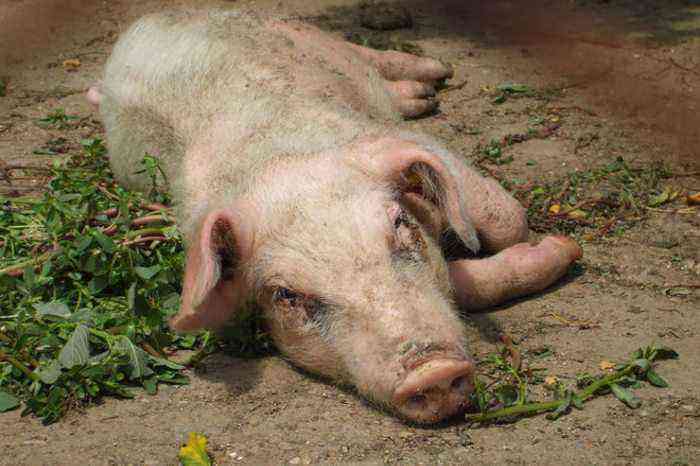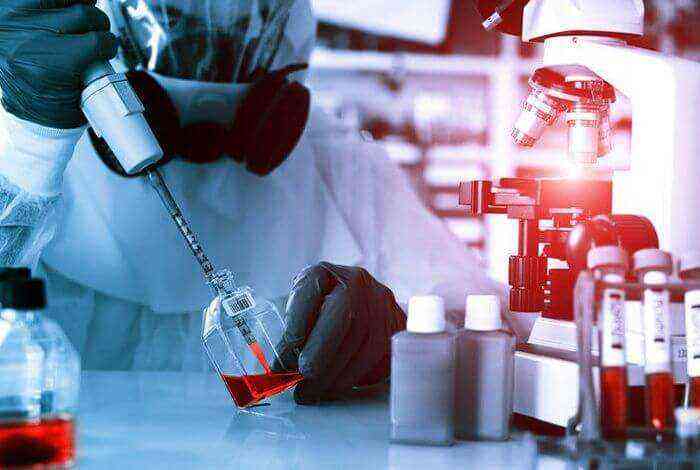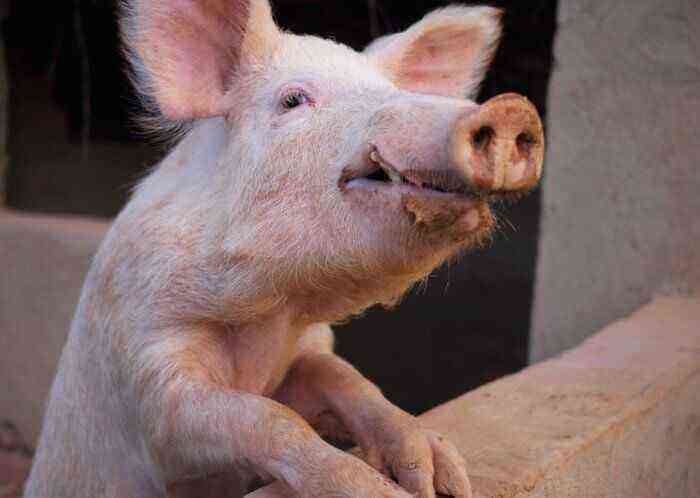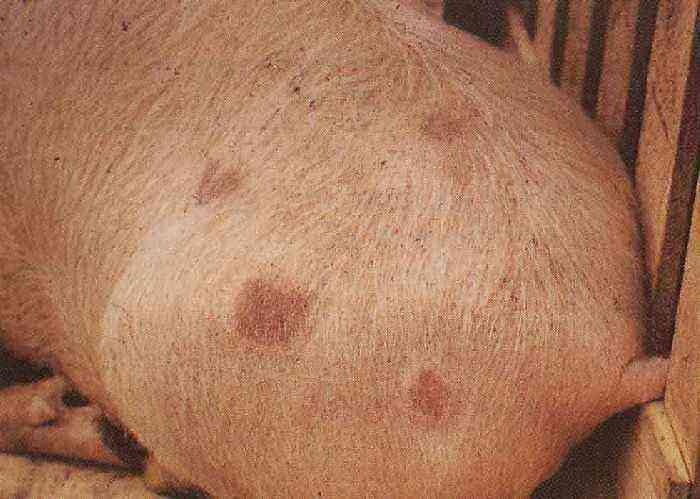Porcine ileitis is an inflammatory process that affects the internal lining of the intestine and causes poor digestion of feed, slow weight gain and reduced livestock safety. Due to the vagueness of symptoms, this disease is rarely of great concern to specialists, however, it must be borne in mind that ileitis is one of the most common reasons for reducing the profitability of pig production.
sick pig
When livestock is infected, households and farms note a significant decrease in indicators:
- decrease in growth rates by 10-30%;
- decrease in safety by 5-10%;
- decrease in the quality of assimilation of nutrients by 10-20%.
REFERENCE. Ileitis is caused by Lawsonia intracelluaris – gram-negative rod-shaped bacteria that penetrate cells and actively multiply, forming pathogenic colonies after 7-14 days. In the external environment, bacteria can survive for 2 weeks at temperatures above 5°C.
Causes of ileitis and forms of the disease
Ileitis of pigs is transmitted through the feces of a sick individual, which contains a pathogenic agent. Once in the body of an animal, it is introduced into the cells of the inner lining of the intestine, leading to their deformation. The cells of the small (rarely large) intestines lose their villi, which reduces their absorbency. In places of active reproduction of the Lawsonia intracelluaris bacteria, “tubercles” with an inflammatory process are noted on the intestine. The disease is characterized by the loss of red and white blood cells, the presence of the affected epithelium.
In veterinary practice, there are 4 different forms of ileitis:
- Intestinal adenopathy, which is manifested by a decrease in the rate of reproduction of cells of the intestinal membranes.
- Necrotizing enteritis, characterized by the rapid death of cells in the intestinal lining, due to which thickenings form on its surface.
- Inflammation of the end of the small intestine.
- Hemorrhagic enteropathy, the main symptom of which is profuse bleeding, the source of which is located in the small intestine.
The first two forms of the disease are typical for young individuals that are growing. Inflammatory processes in the final part of the small intestine are typical for individuals weighing from 60 to 90 kg, as well as for repair individuals. This group has the highest mortality from ileitis.
Ileitis with diarrhea is common in young piglets that are not weaned and have an immature immunizing gut flora. It should be noted that in recent years, the chronic form of ileitis has become widespread.
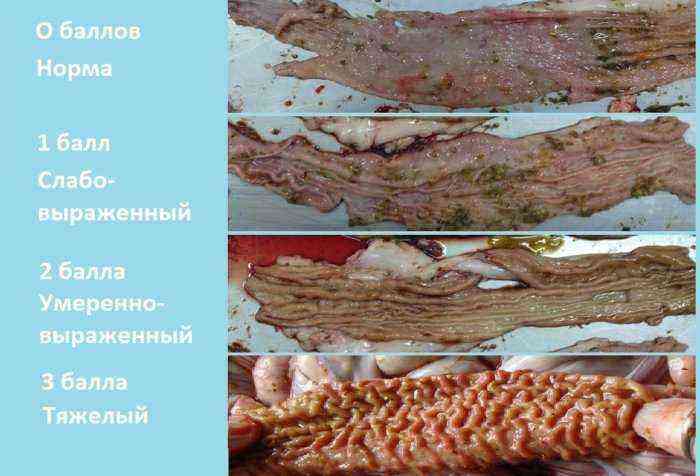
Scoring of intestinal lesions in ileitis
Symptoms and diagnosis of ileitis
Symptoms of the disease in pigs depend on the form of the disease and are most often mild. For example, intestinal adenopathy is characterized by the presence of chronic diarrhea, in which the animal looks quite healthy, and the loss of condition occurs very gradually. This form of ileitis has a long incubation period – up to 6 weeks, and the disease can cover individuals of any age, starting from 3-4 months.
Necrotizing enteritis, as a later form of adenopathy, has more pronounced clinical signs:
- anemia, pallor;
- vomiting;
- darkening of feces;
- when pathoanatomical studies of the fallen individual, there is a large number of folds on the inner lining of the small intestine, thickening of the ileum;
- the small intestine loses its ability to stretch, the inner surfaces of the intestinal membrane become dead.
With this form of ileitis, the mortality rate in the livestock is about 6%. During the initial infection with the infection, about 12% of pigs fall ill.
IMPORTANT! The recovered livestock of pigs with necrotic enteritis receives stable immunity and is not re-infected.
Hemorrhagic enteropathy is typical for individuals that stay on a new farm for 4 to 6 weeks, as well as after insemination until the middle period of gestation. In the chronic form of the disease, recovery occurs after 4-6 weeks, while the pig shows a decrease in feeding efficiency and gives a lower gain.

Diagnosis by PCR
For the diagnosis of ileitis, PCR methods or an immunoperoxidase test are used, which makes it possible to identify the pathogen in feces. Blood serum is also analyzed for the presence of specific antibodies using an enzyme immunoassay or immunofluorescence.
Prevention and treatment of ileitis
Due to the complexity of diagnosing ileitis and its frequent asymptomatic course, the main measure to prevent the formation of foci of infection is a set of organizational and zootechnical measures, which includes:
- compliance with all current zoohygienic standards and zootechnical norms when keeping and feeding livestock;
- formation of the necessary conditions for the reproduction of pigs and rearing of young animals;
- drug prevention of ileitis.
The scheme for the prevention of ileitis in animals includes the use of antimicrobial agents from the macrolide series. Most often, tylosin tartate microgranulate is used in veterinary medicine, which is added to feed in the industrial rearing of pigs. The dosage of the drug depends on the group:
- sows a week before and a week after farrowing – 100 g/t;
- young individuals from 6 to 9 weeks after weaning – 100 g / t;
- pigs on rearing 2-4 months – 40 g / t;
- fattening pigs 20 g/t.
Timely detection of ileitis and planned preventive measures make it possible to increase livestock weight gain and eliminate product losses due to this disease. The economic costs of implementing therapeutic and preventive measures are negligible in comparison with the damage that ileitis can cause when raising pigs in domestic or industrial conditions.



